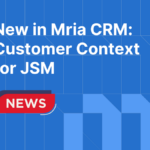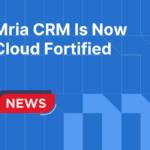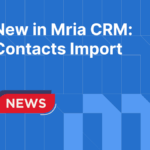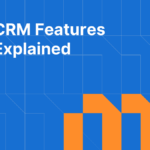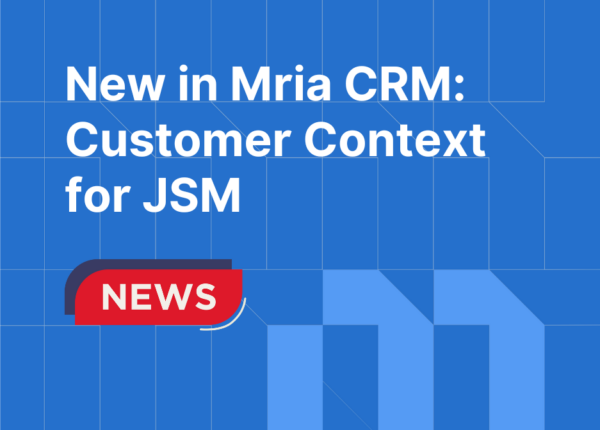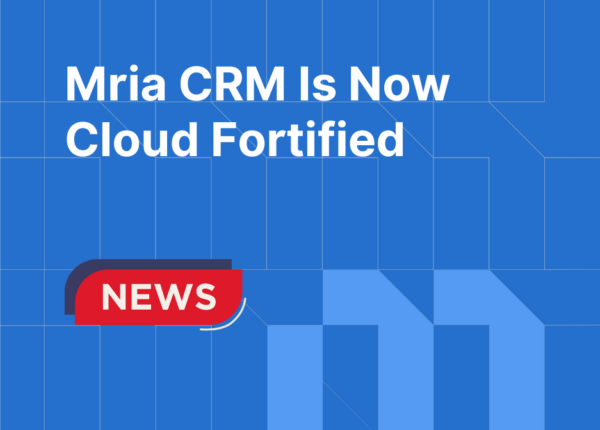Modern teams operate in complex, cross-functional environments where managing customer relationships is tightly linked to managing tasks and projects. The traditional separation between CRM tools and task management software no longer reflects how people work. Sales teams coordinate internal efforts, account managers track onboarding progress, and service teams juggle follow-ups and deliverables. That coordination requires more than just contact records; it requires systems that integrate relationships with responsibilities.
As expectations evolve, so do the tools. Teams are actively searching for platforms that combine CRM functionality with task and project management. These aren’t just feature requests. They represent a shift in how organizations define productivity, accountability, and visibility.
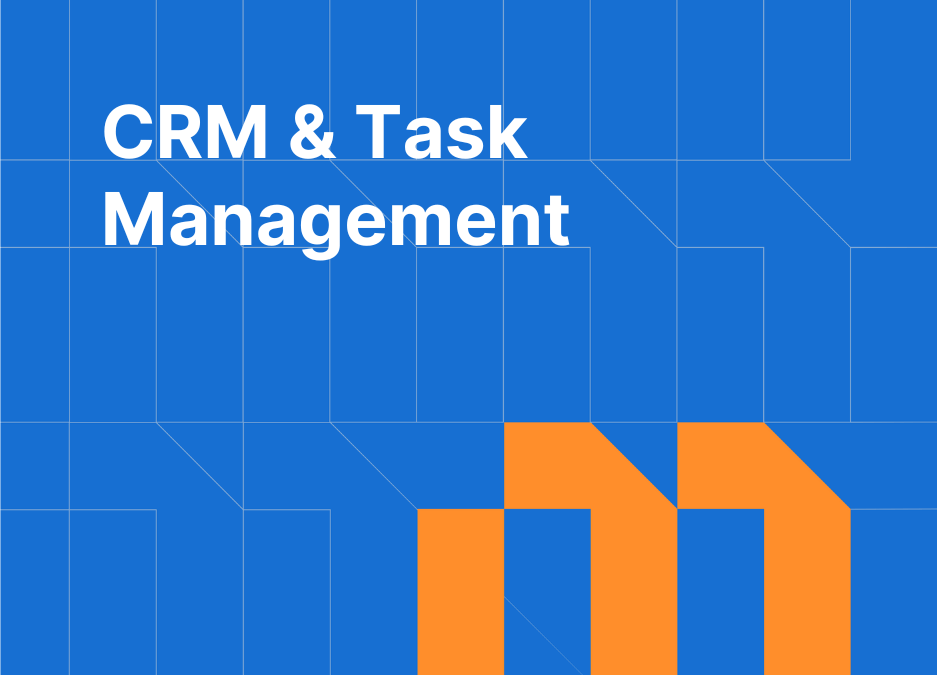
Table of Contents
The Shift Toward Unified CRM and Task Management Tools
Historically, CRM systems were built to store and manage customer data such as names, emails, deals, and notes. Task management tools, on the other hand, were designed to track actions and timelines. Each served a specific role. But today’s teams need more than data or deadlines. They need alignment.
The modern workflow doesn’t stop at knowing who your customer is. It extends into what needs to be done, who’s doing it, and when it’s due. Follow-ups, handovers, internal approvals, and customer updates require coordination that lives somewhere between the CRM and the project board.
Many teams already use Jira to manage execution-heavy work like delivery, implementation, or technical support. Jira excels at issue tracking and project workflows but lacks the structured relationship layer: contacts, companies, and deals. This leads to a fragmented experience where customer context lives in one system and the work lives in another.
Bridging that gap is now a priority for teams that value continuity, speed, and visibility.
What Users Are Looking for in CRM with Task Management
It’s no longer speculative. Users are actively voicing the need for integrated systems. Reddit threads, Quora discussions, and support forums are filled with the same core request: a CRM that allows for task management, project tracking, internal scheduling, and even client visibility.
People search for:
- CRM with recurring tasks and reminders
- CRM that shows internal and client-facing tasks
- CRM that supports task scheduling and follow-up workflows
- Project tracking inside the CRM environment
What’s especially common is frustration with juggling multiple disconnected tools. When CRMs don’t support task tracking, users often resort to spreadsheets, personal calendars, or other tools. The result is duplicated work, miscommunication, and missed deadlines.
For teams that already use Jira to handle projects or tickets, this pain is amplified. They end up switching between Jira and an external CRM just to coordinate actions around a single client. Recognizing this, tools like Mria CRM have emerged as native Jira solutions, built to embed CRM functionality directly into Jira so teams can manage deals, contacts, and tasks where they already work.
Popular CRM and Task Management Software
Several platforms have responded to this need by merging CRM and task or project features.
- HubSpot offers marketing and CRM capabilities with task tracking, but it lacks deeper project flow functionality.
- Zoho CRM includes task assignment, though it requires extra modules.
- ClickUp is primarily a task management tool with added CRM features, catering more to project-first workflows.
- Monday.com offers both task management and a dedicated CRM solution. It’s highly flexible, though its CRM features are still evolving compared to more mature platforms.
- Jira is widely used for task and project management. With Mria CRM, it becomes a complete CRM and task management solution in one workspace.
Must-Have Features in a CRM and Task Management Solution
When teams evaluate CRM platforms with built-in task management, they’re not just looking for a feature checklist. They’re looking for a tool that reflects how they actually operate.
Essential capabilities include:
- The ability to assign tasks that are tied to specific deals, contacts, or accounts
- Support for recurring tasks, reminders, and deadlines
- Activity timelines that show progress, ownership, and upcoming actions
- Integration with email and calendar systems for seamless scheduling
- A log of every interaction, including notes, calls, and status updates
- Role-based access to filter visibility and avoid clutter
How Teams Use CRM-Linked Tasks Day to Day
Unified CRM and task management isn’t just a high-level concept. It changes how teams work on a daily basis. When tasks live alongside customer data, everyone involved gains real-time context and clarity. Here’s how that plays out across different roles:
- Sales reps can attach tasks to leads or deals to ensure timely follow-ups, proposal preparation, and check-ins tied to deal stages.
- Customer success managers can assign onboarding milestones to accounts, track progress, and ensure post-sale promises are fulfilled without needing a separate project tracker.
- Support teams can connect issues and follow-ups to the specific contact and account, ensuring any ticket escalation includes relationship context.
- Marketing or account-based teams can coordinate multi-touch outreach and track who’s doing what internally, without switching tools.
- Team leads and managers can review task completion, activity logs, and pipeline movement all in one place, offering a complete picture of both effort and outcomes.
This kind of visibility isn’t possible when CRM and task management are disconnected. Tasks become more than to-do items; they become part of a structured, accountable process aligned with customer relationships.
The Risks of Keeping CRM and Task Management Separate
For teams operating across sales, customer success, and delivery, separating CRM and task management into different tools creates silent inefficiencies. These gaps aren’t always obvious in daily operations, but over time, they compound into significant operational drag.
One of the most common issues is data duplication. Sales reps may log activities in the CRM, while project managers track the same milestones in a task board. Without clear ownership or sync between systems, information becomes fragmented, and no single tool reflects the full picture.
Disjointed systems also create visibility gaps. A customer success manager might see tasks but not the full history of client interactions. A sales leader may have pipeline visibility but miss signs of friction happening during onboarding.
These problems often manifest as missed follow-ups, incomplete handoffs, and confusion around accountability. When multiple teams rely on different platforms to manage parts of the same customer journey, customers notice the disconnect, even if your team doesn’t always catch it.
Inconsistent systems also limit your ability to report accurately. If task completion lives in one system and customer data in another, your analytics are incomplete by default. There’s no way to track how internal execution aligns with customer outcomes.
Keeping CRM and task management separate isn’t just inconvenient. It’s risky. It creates blind spots that reduce speed, effectiveness, and customer trust.
5 Signs You Need CRM and Task Management Software in One Tool
Still managing CRM and tasks in separate systems? These are common indicators that your team may be outgrowing that setup:
- Tasks are duplicated across systems just to keep stakeholders updated.
- Follow-ups are delayed or missed because reminders aren’t tied to CRM records.
- Project or support teams don’t know who the customer is or what has been agreed.
- Sales and service teams work in silos, causing delays or confusion.
- Your CRM is just a contact database, while your actual work lives somewhere else.
These issues create hidden costs and ultimately reduce customer satisfaction.
How to Transition to a Unified CRM and Task Management Workflow
Adopting a unified CRM and task management system doesn’t have to be disruptive. The key is to approach the transition as an evolution of existing workflows rather than a complete overhaul. Here’s how to do it effectively:
- Audit Your Current Tools
Start by identifying where CRM data and task tracking currently live. Note how different departments interact with these systems and where overlaps or disconnects happen. - Map Shared Workflows
Focus on handoffs, dependencies, and communication gaps between sales, marketing, delivery, and support. These are usually the areas that suffer the most when systems are fragmented. - Prioritize Integration with Your Primary System
If your team already uses Jira for issue tracking or project delivery, consider CRM tools that work natively within it. Tools like Mria CRM offer the advantage of structured customer records without leaving the Jira environment. - Start with Core Data
Begin by moving key CRM records like contacts, companies, and deals into the new system. Once established, gradually integrate task management features linked to those records. - Educate Around Workflow, Not Features
Adoption happens when users see value in context. Show teams how tasks, reminders, and visibility tie directly to their existing goals, like hitting quota or delivering projects faster. - Monitor, Adjust, and Scale
Unified systems will reveal gaps that weren’t previously visible. Use those insights to optimize both your processes and your platform setup over time.
Final Thoughts
As teams become more collaborative and customer journeys more complex, CRM systems must evolve. It’s no longer enough to store information. Teams need platforms that support action, track responsibility, and adapt to real-world workflows.
Whether you manage tasks in Jira, ClickUp, Monday.com, or another project-oriented tool, the demand for CRM functionality within the same environment is growing.
CRM and task management software don’t belong in separate silos. They belong together, because the work your team does and the people they do it for are already deeply connected.
